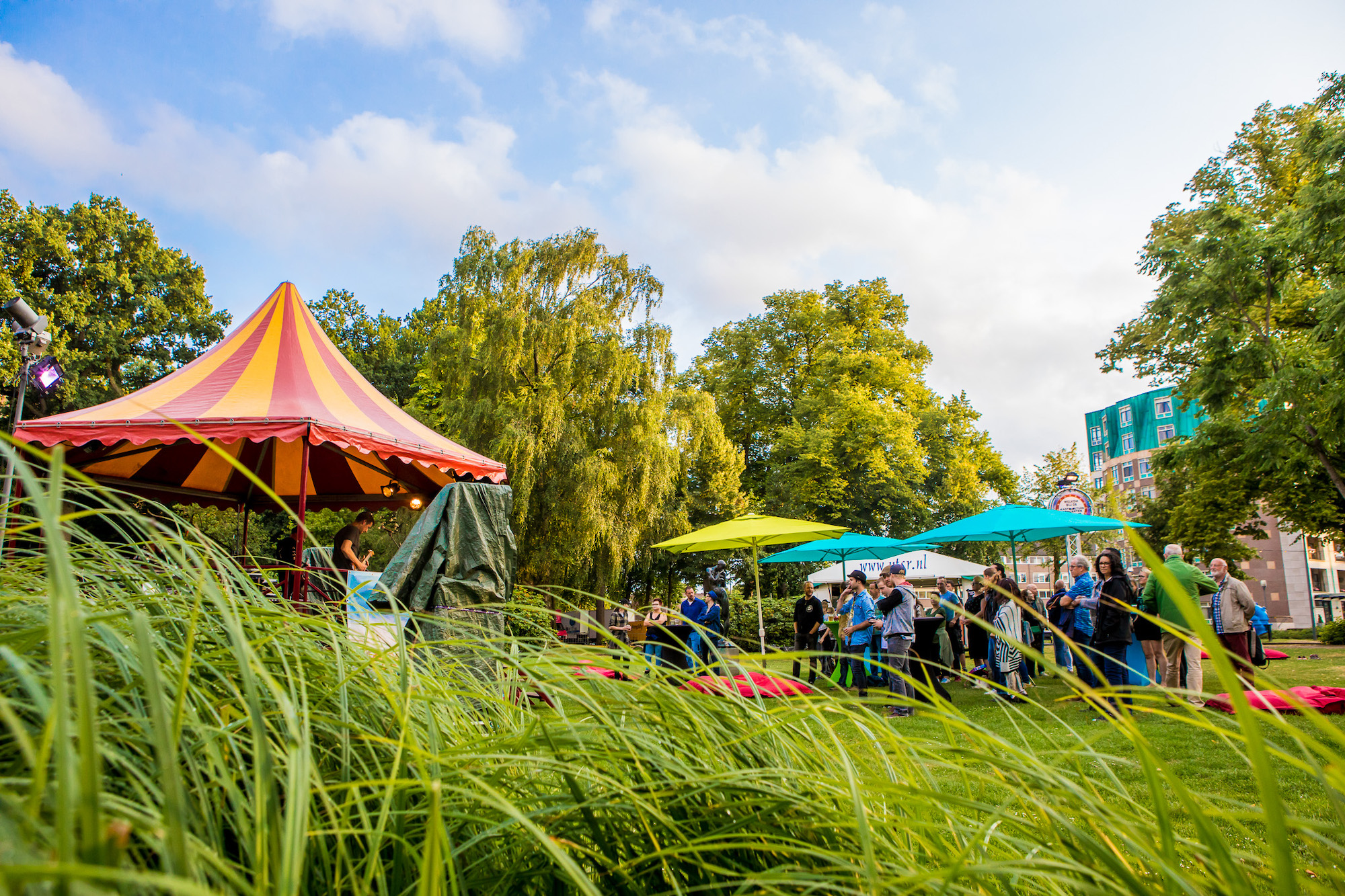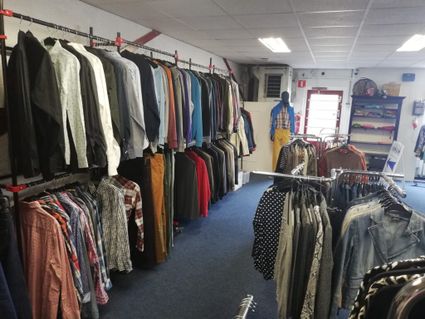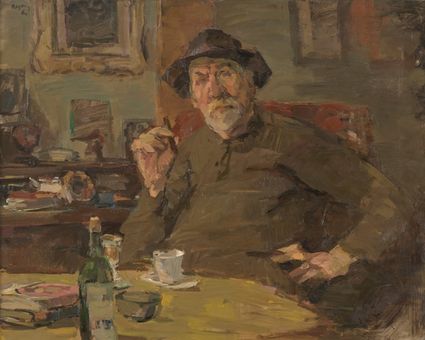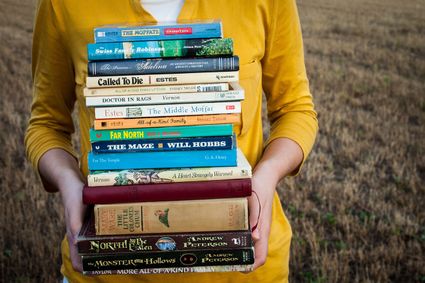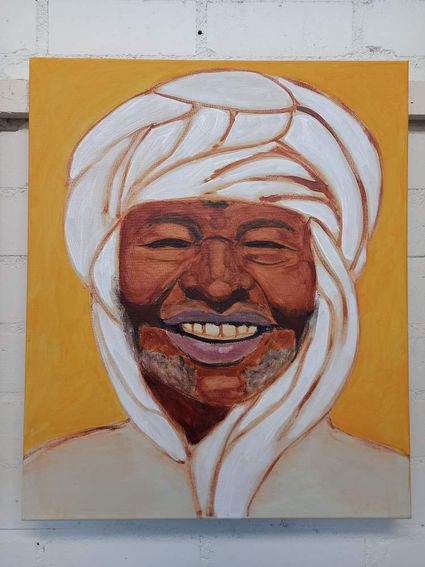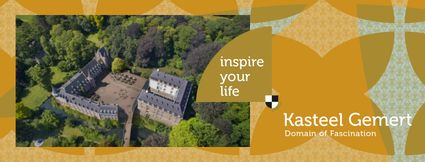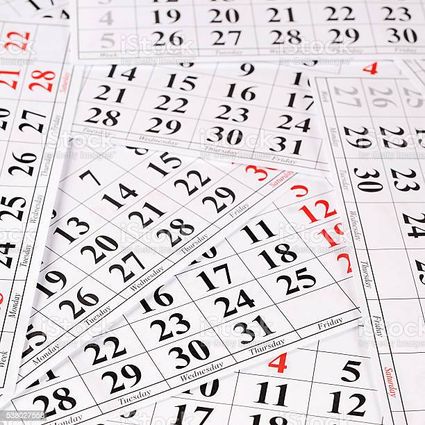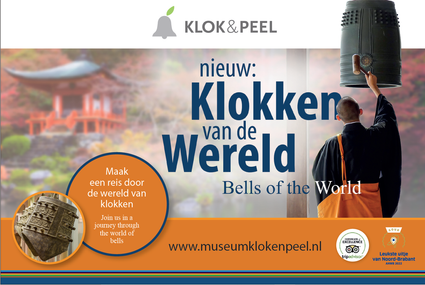Brabant foremothers get a face again
until 26 May
As many as ten foremothers, the oldest dating from around 1580, Evelien de Bruijn was able to trace. Women all from the Brabant Peel region. 'Forgotten Foremothers' can be seen in the Old Council House in Beek en Donk. Also on display are some objects from Museum Vekemans, the Boerenbond Museum and the Museum of Brabant Bonnets and Poffers. The exhibition was created partly thanks to a financial contribution from CBK Rotterdam.
It is about ordinary farmers' wives, with names that you see a lot in t…
As many as ten foremothers, the oldest dating from around 1580, Evelien de Bruijn was able to trace. Women all from the Brabant Peel region. 'Forgotten Foremothers' can be seen in the Old Council House in Beek en Donk. Also on display are some objects from Museum Vekemans, the Boerenbond Museum and the Museum of Brabant Bonnets and Poffers. The exhibition was created partly thanks to a financial contribution from CBK Rotterdam.
It is about ordinary farmers' wives, with names that you see a lot in the region such as van der Vleuten, Coolen, van Vlerken and van Moorsel. These women are not only my foremothers, but those of many people in the neighbourhood. This is why the Rotterdam artist feels it is important for the portraits to be exhibited here. De Bruijn has once again given the women a face and a story. She did not do this alone. Several family members from the same line modelled one of their foremothers. Their views of the women were also included. Almost nothing can be found about some of these women, as they were mostly poor and illiterate. The artist wanted to turn the names on paper back into people, in whom we as descendants could recognise something of ourselves. Many people have information about the male side of their family, because they identify most with those surnames. But we are equally descended from these women. Their stories are also part of our identity.
The portraits are made of different materials, in different sizes: from a photographic work of 20 by 30 centimetres to installations more than 2 metres high. The faces are all stained on glass, de Bruijn's preferred medium. With a glass portrait, it seems as if you can see into the soul. When light falls on the glass, it projects onto the background. The changing light also keeps changing the projection. It always offers a different perspective on the portrait. Those effects very interesting.

